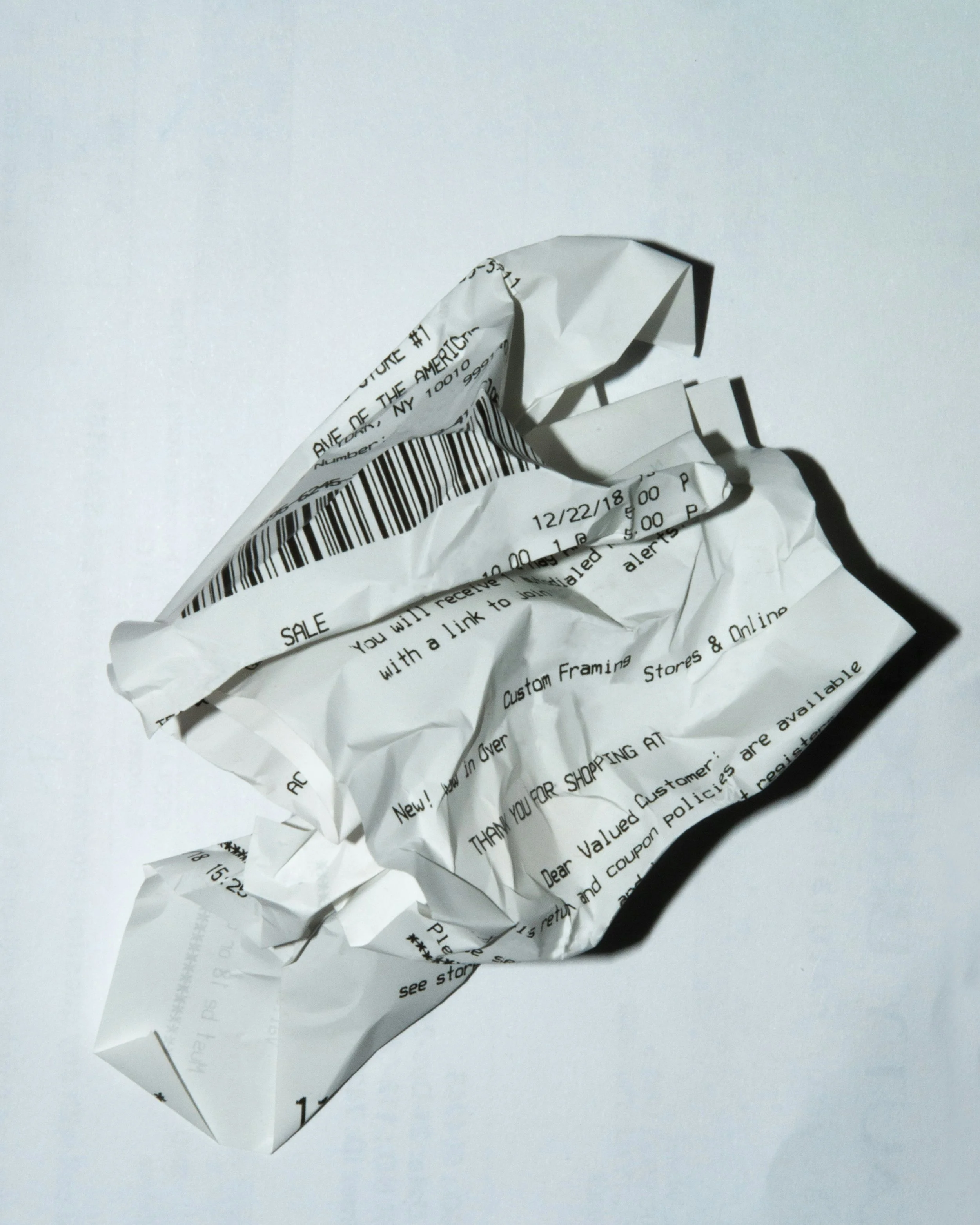Bribing sadness away in autumn - can we shop our way out of feeling sad?
Essay - Celina Abi Saab
The leaves have abandoned the trees and the sun has abandoned us. After a summer of carelessness, most of us now find ourselves between a school deadline and a prescription of Vitamin D. The intense contrast between summer and autumn isn’t merciful, and the transition is sharp. How are we expected to be anything but miserable? If only there was a solution. A quick-fix to boost our serotonin…
Well, apparently there is! Have you heard about the new really cool cinnamon-scented candle you can only order from the UK? Or the Pumpkin Spice coffee kit available only for a limited time? I understand it’s hard to keep up with what the latest trend is, when thousands of “must-haves” flood your feed daily.
FREEPIK - gpointstudio
The shift in seasons is mirrored to the content on our phones. Influencers who were promoting summer clothes a couple months ago are now promoting big sweaters and leather boots. At the same time, they’re also promoting orange house decor, chain cafés drinks, Black Friday sales, Halloween costumes and much more. In an age where everything is monetised, consumerism finds a way to package everything. Autumn is no exception.
For some of us the constant change in trends is exhausting. However, for many this never-ending influx of advertisements may be exactly what is needed to distract from the sadness they experience when the days are shorter.
How is autumn for us, emotionally?
This season can stereotypically be one of two things; the season utilised for family time and coziness, or the beginning of a cold, dark season prone to sadness - and even depression.
A common condition linked to the emotional weight of autumn is Seasonal Affective Disorder (SAD) - a change in mood and motivation a person can experience particularly in the winter months. The dark skies and cold atmosphere may force people to stay inside more, and that can lead to isolation. This is just one of the many potential causes of the disorder. In Norway 5-10% of the population suffers from SAD (Bjorvatn, 2024). Professional solutions such as therapy have been introduced to prevent the worst consequences. But what about more informal solutions, like comfort shopping?
Does ‘retail therapy’ really live up to its title?
Photo: Michael Walter / Unsplash
According to psychologist Dr. Susan Albers-Bowling, it actually does. It turns out that the reward center of the brain can be triggered when going shopping. Happy hormones such as dopamine can be released at just the excitement of buying yourself something nice. However, this joy can be short-lived, as many people feel guilt and can find themselves in debt after excessive spending.
Yet in the moment, shopping can give us a sense of control. Studies have found that sadness is encouraged by the thought that we have no power to change our situation. However, when we shop we decide what we are buying and where our hard-earned money is going. This provides the illusion of control and luxury. Shopping also promotes visualisation of a better life. If you're, for example, yearning for clear skin, buying the ‘best’ skincare at the mall will give you hope to see the results you’ve been wanting (Albers, 2024). This visualization can be tied to the sadness of autumn.
You want to rid your autumn of Seasonal Affective Disorder? A temporary fix is to buy the cinnamon-scented candle - and social media marketers know this. Taking a time of year many people dread and turning it into an encouragement of buying temporary dopamine rushes, financially benefits product companies greatly. Using influencers to promote seasonal items during a season where many people are desperate for joy is calculated but advantageous. We feel better for longer the more we buy, and companies are making money - so what’s the problem?
Ethics
Beyond the controversial ethics of selling materialistic joy to vulnerable people, there are deeper ethical questions with the amount that people are buying. As shoppers, we can justify our need for materialistic things by saying we are ‘treating ourselves’ or ‘making ourselves feel better in a difficult time’, but there’s a price to pay. Fast fashion workers in Bangladesh are still working for pennies (Käll, 2024), while the kids in Ghana clean landfill by the beach (James, 2022). The dream that marketers sell us doesn’t last long when we zoom out. Shopping doesn’t heal the potential SAD of the garment workers in Bangladesh, and ultimately it may never heal us either. When we look past the aesthetic lies that big corporations are selling us, we start to see the truth about over-consuming.
At some point the impact of our actions will catch up to us. After all, there are only so many pumpkin spice lattes in single-use cups this earth can handle.
It’s our choice to make a change
So this autumn, instead of chasing the thrill of endless purchases, we could bring back togetherness. Being morally conscious of what we buy and creating a community to help fight isolation in tough times sounds like the perfect solution to two problems.
The solution for this autumn not to be sad might not be buying the new sweater an influencer is wearing on her staged coffee run; but rather, rewearing your favourite sweater from last year and going to the park with your best friend.
Autumn doesn’t have to be either expensive or sad; it can be cozy and familiar, if we let it.

